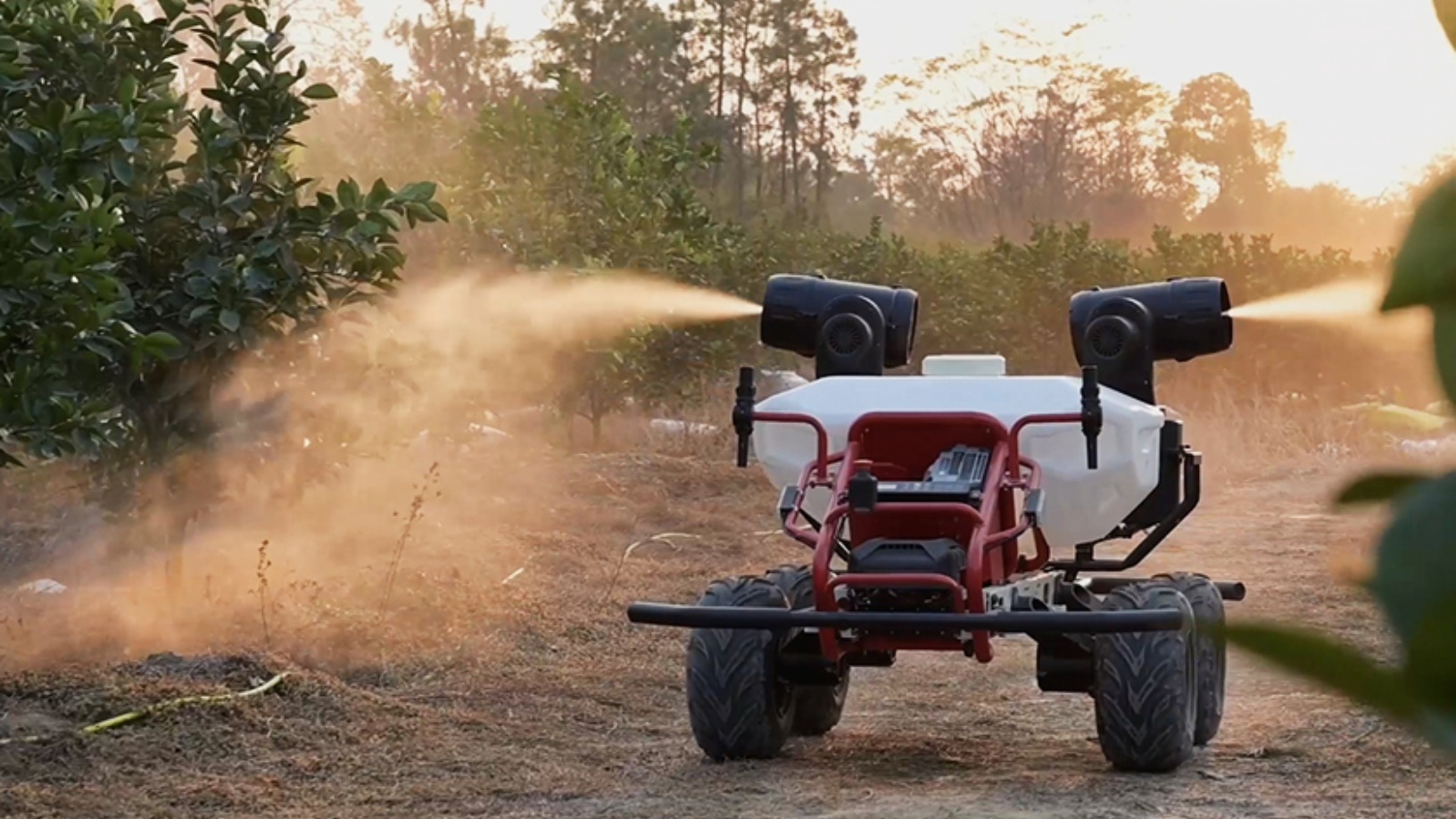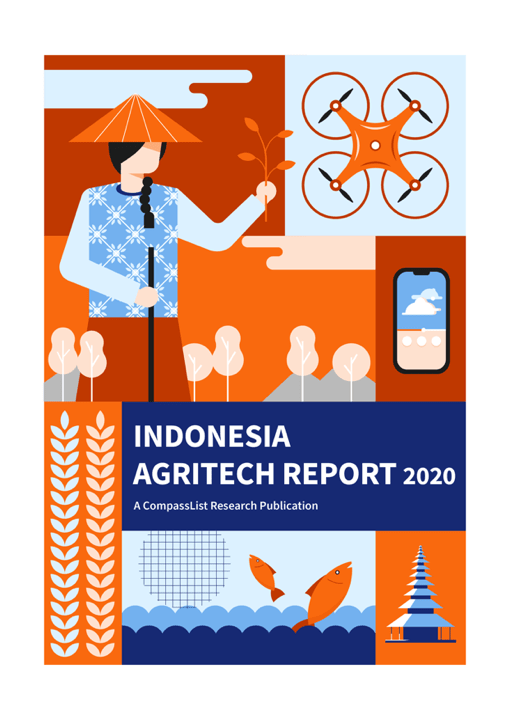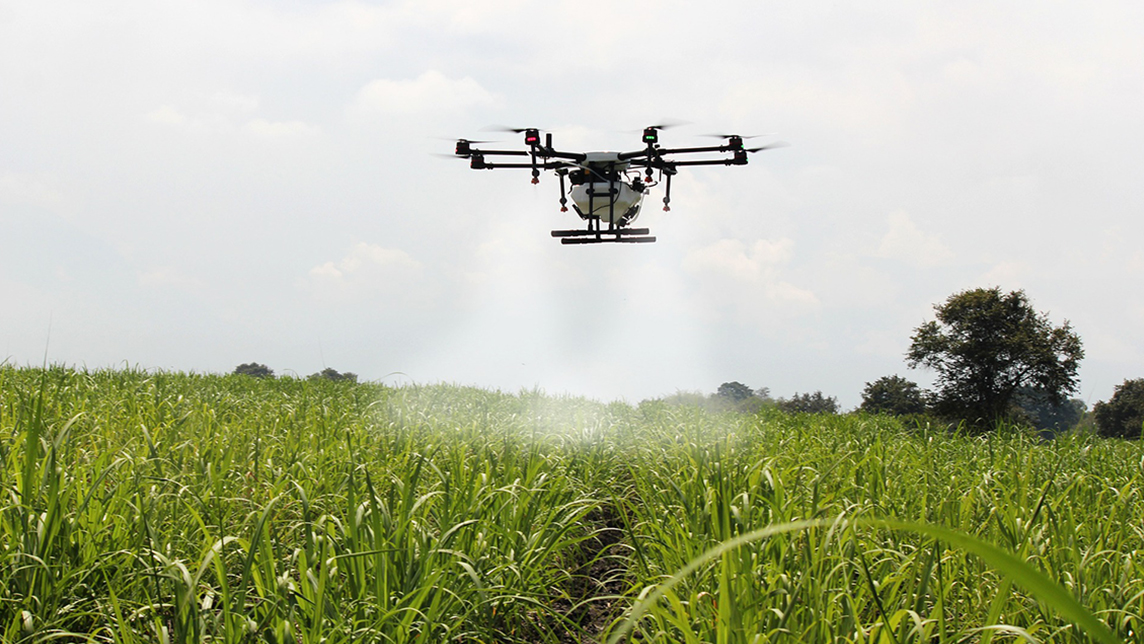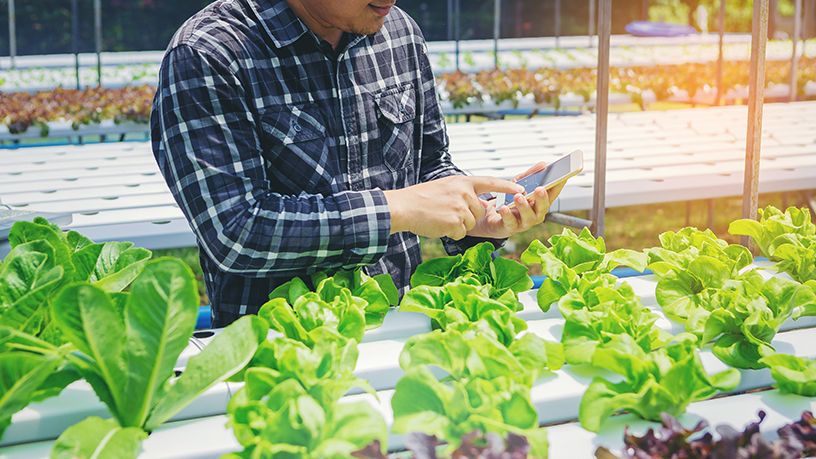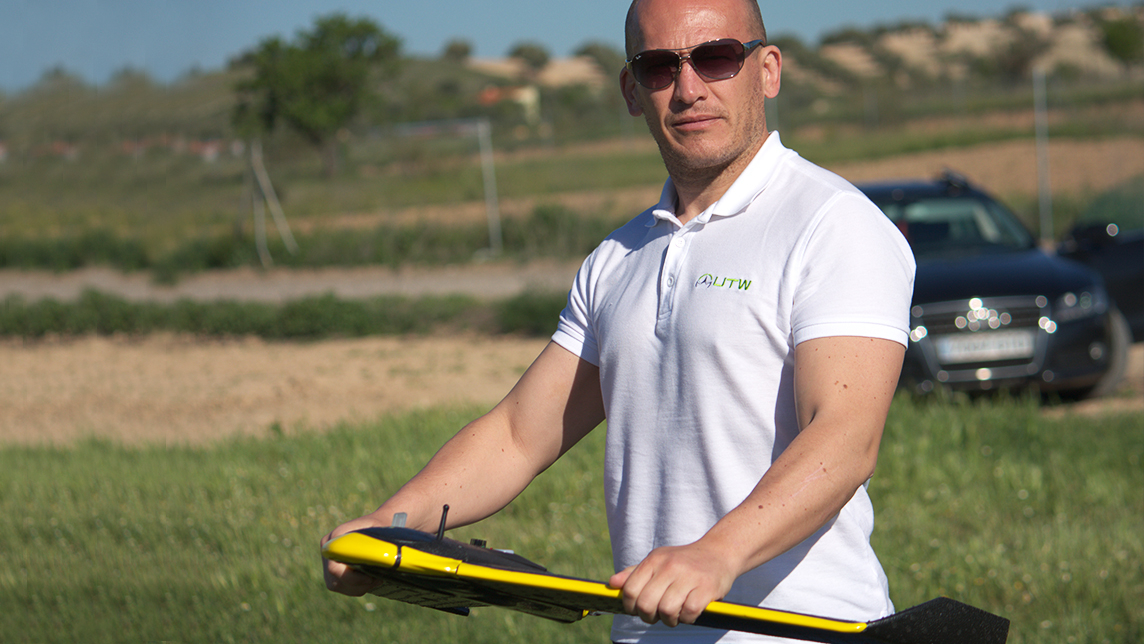In 2007 Peng Bin, a former Microsoft engineer and a self-professed geek, got together with a group of young aeromodelling enthusiasts and started XAIRCRAFT to build drones. Over a decade later, their hobby has grown into a successful business. XAG, as it is now known, has deployed over 51,000 agricultural drones across 42 countries since it pivoted to focus on the agriculture sector in 2013.
In November, XAG bagged $182m – reportedly the largest single investment in China’s agritech space – in a funding round co-led by Baidu Ventures and SoftBank Vision Fund II, with the participation of Sinovation Ventures, Guangzhou Yuexiu Industrial Investment Fund Management, Guangzhou Emerging Industry Development Fund and existing investors, Chengwei Capital and Mingtai Capital .
XAG’s agricultural drones provide precision crop protection services to 8m farmers and 28m hectares of farmland around the world. The startup, which began to make a profit in 2018, generated close to RMB 1bn in revenue last year and, despite the Covid-19 pandemic, surpassed that figure by mid-2020.
For Kai-Fu Lee, Chairperson and CEO of Sinovation Ventures, the XAG team stands out for their determination to apply its high-tech solutions to agriculture, although they learnt it from scratch. “XAG has reshaped a traditional industry with thousands of years of history within [a few] years, advancing the rural infrastructure and digital practices in a disruptive way,” he said.
CEO and founder Peng said XAG will use the newly secured funds to speed up its efforts building rural infrastructure for digital farming, and to develop more smart equipment for farm automation to improve efficiency and ensure food security.
Adds AI, data collection
By the end of 2019, XAG had moved beyond making only agricultural drones for pesticide spraying. It now offers autonomous ground vehicles, remote sensing drones, smart agriculture systems and IoT devices, such as farm cameras and soil monitors.
XAG’s focus on agriculture can be traced back to 2012, when Peng visited the Xinjiang autonomous region, the country's largest cotton producer. There he was struck by the sight of elderly farmers with heavy tanks strapped to their backs, spraying pesticide in vast cotton fields without any protection.
“I could smell the acrid stench of pesticide from afar and thought maybe my drones could help,” he recalled.
XAG had, by then, broken even, generating RMB 20–30m in annual revenue from selling drones to individuals. Peng nevertheless made the decision to turn the company’s focus to agriculture. Today, XAG’s drones spray pesticides over one-third of the 2.4m hectares of cotton fields in Xinjiang.
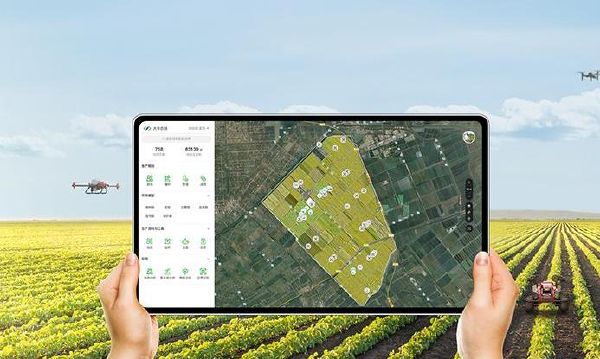
Besides limiting farmers’ exposure to harmful chemicals, using drones to spray pesticides is faster and cheaper. An XAG drone can complete a spraying job in less than 5% of the time taken to do the same task manually and can reduce pesticide and water use about 30% and 90% respectively. They can also handle work in more challenging terrains, such as the terraced rice fields in Yunnan province, where slopes can be up to 75 degrees steep.
In order to promote the adoption of its agricultural drones, XAG introduced drone leasing services. Instead of spending RMB 100,000 to buy a drone, smallholder farmers could rent one for just RMB 150 for one hectare of land. More than 98% of Chinese farmers own less than 0.67 hectare of farmland.
In 2019, XAG unveiled XAI, an AI-based management system for its agricultural equipment. XAI is used to identify boundaries, calculate crops statistics, such as the number of trees, detect pests, weeds and diseases, and monitor crop growth. Developed with geographical information as well as soil and crop growth data from about 21m hectares of farmland, XAI has recall and precision ratios of 98.6% and 98% respectively.
“It’s like patients visiting a doctor in hospital and getting a prescription,” said Peng. “With all the data we have amassed via drones, we could write a prescription for farms,” he added. The optimism is shared by Hu Tianhang, Managing Director of Baidu Ventures, who said the data that XAG has accumulated will create more opportunities for the startup.
Beyond drones with government support
China’s rapid urbanization has shrunk the percentage of its rural population from 60–40% in the last decade, leading to a shortage of farm labor. At the end of 2018, China had a total of 288m rural migrant workers working in cities. Millions of farmers continue to leave for job opportunities in urban areas every year.
Peng believes the migration from rural to urban areas means farming will become dependent on robots and AI and XAG should take full advantage of this trend by giving farmers a range of tech tools, not just drones. “Farming practices will be automated,” he said, adding that “5% manpower input will [in future] produce enough agricultural products for the consumption of 95% of the population.”
In 2017, the Chinese government launched a pilot in six provinces to subsidize agricultural equipment purchases, including drones. Farmers get 30% of their cost reimbursed when buying an agricultural drone approved by authorities. Subsidies for agricultural drones were expanded to 20 provinces this year. Subsidies for all other agricultural equipment were also extended to the whole country in 2018.
XAG has also benefited from China’s rural infrastructure development. About 95% of farms are covered by 4G networks, much higher than in other countries, which facilitates the extensive operation of drones and robots. XAG has also been collaborating with local governments to build infrastructure for smart and precise digital farming, such as centimeter-level RTK (real-time kinematic) positioning and high-definition field maps.
XAG has been growing its presence overseas, but Peng stressed that the Chinese market is still its priority. “The foreign markets just took off, like the China in 2016 and 2017,” he said. “The cost of tackling regulatory issues [in overseas markets] is still pretty high.”
XAG has about 1,400 employees now, 40–50% of whom are R&D staff. Although he is the CEO, Peng still codes. “I have always been responsible for one program and I need to fix bugs sometimes,” he said.
